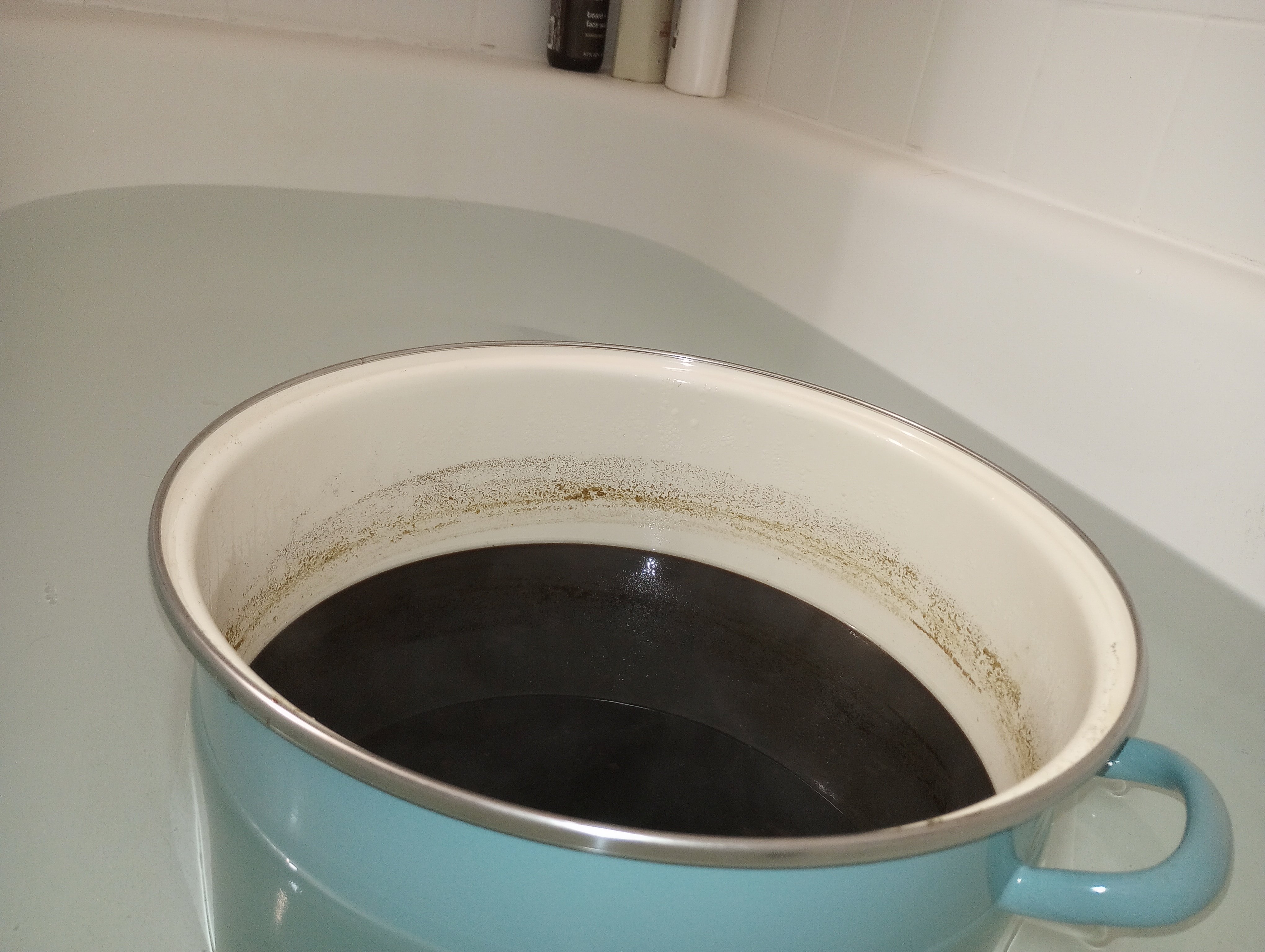BillyKilgorePilgrim
Member

I really need to figure out how to post pictures. Just a quick question. Currently as I type this. I am "cooling" my wort in my bath tub in an "ice bath". I use quotes because the bath was tepid, and I had five bags of ice. Yet, my wort is still hot. I was supposed to cool it down to at least 100 degrees at a 'rapid rate'. I want to ferment this still and transfer it to my 5 gallon bubbler, regardless... is that a wise decision? In other words, this cooling is taking MUCH too long. Advice?



















![Craft A Brew - Safale BE-256 Yeast - Fermentis - Belgian Ale Dry Yeast - For Belgian & Strong Ales - Ingredients for Home Brewing - Beer Making Supplies - [3 Pack]](https://m.media-amazon.com/images/I/51bcKEwQmWL._SL500_.jpg)





































